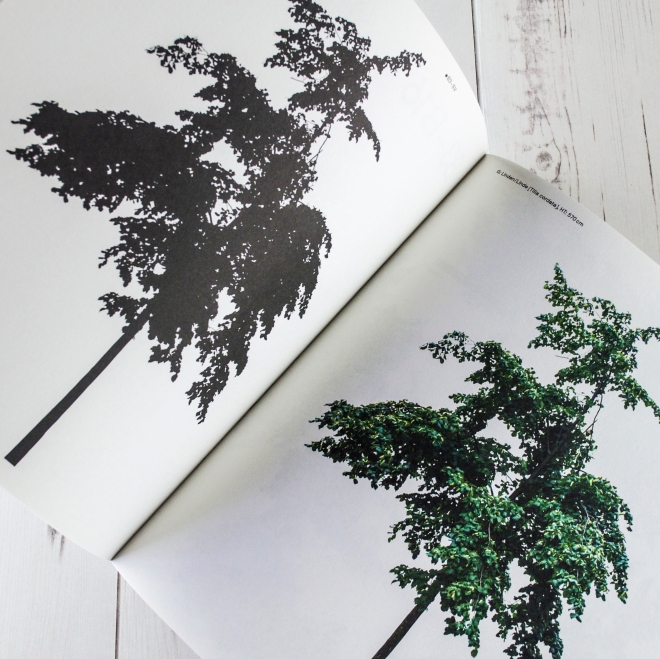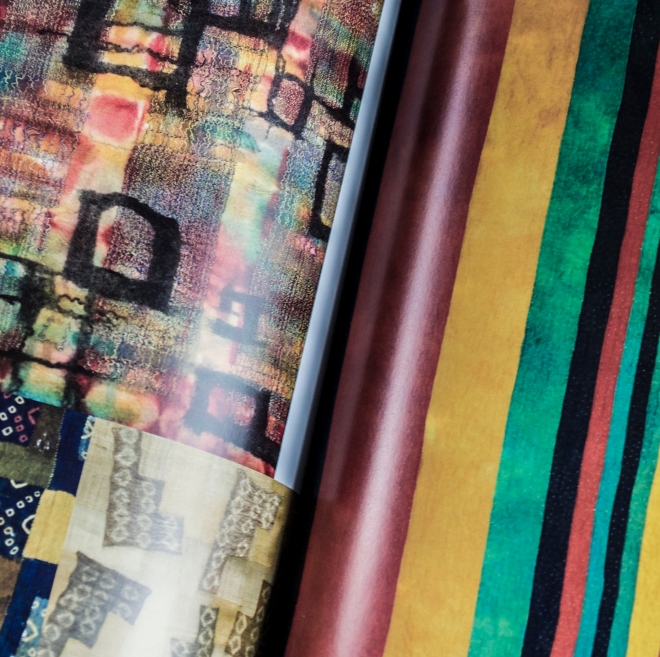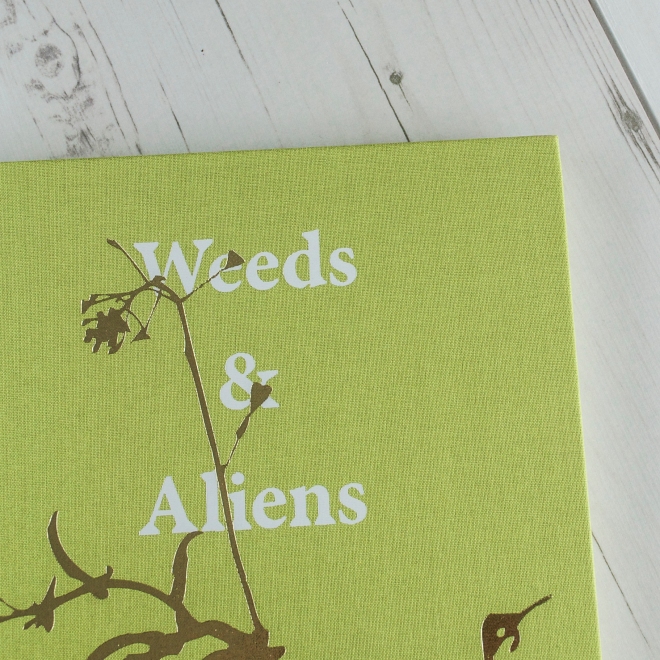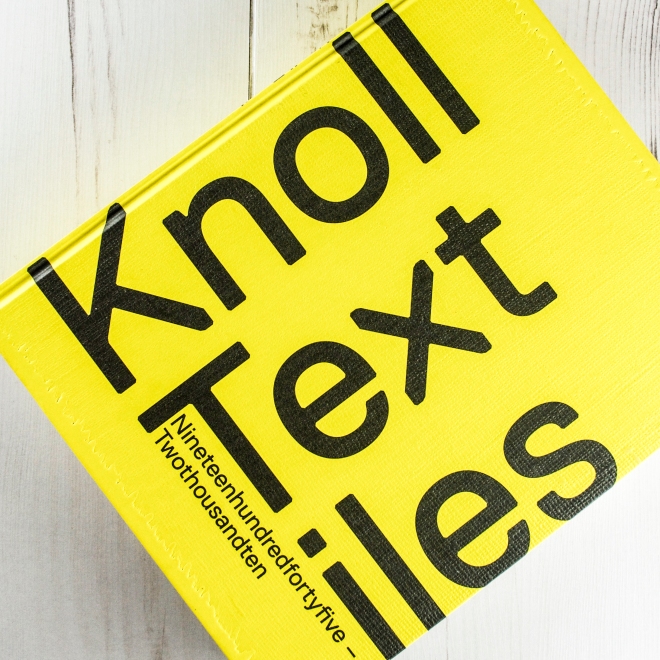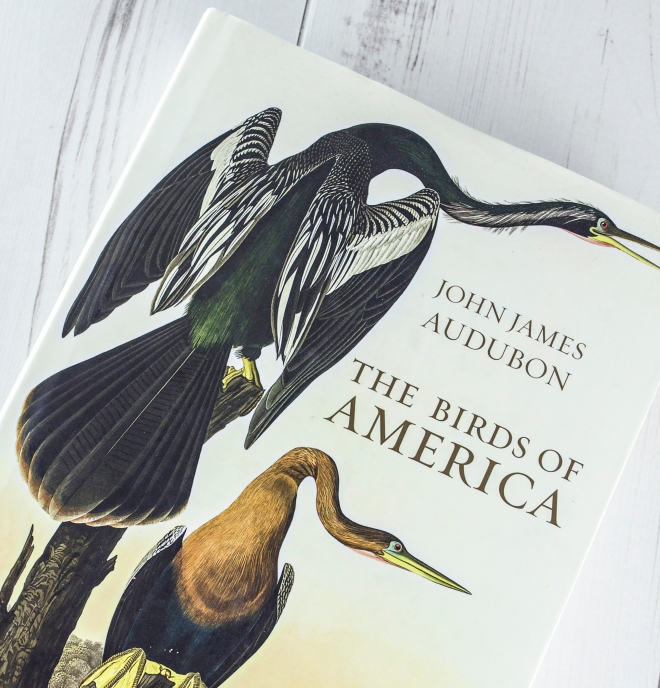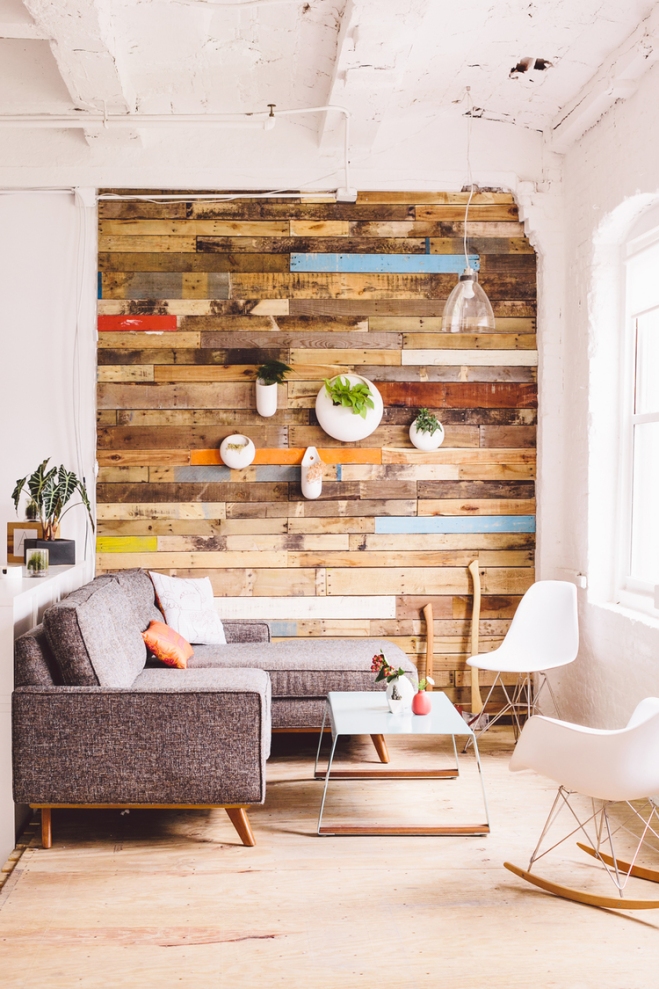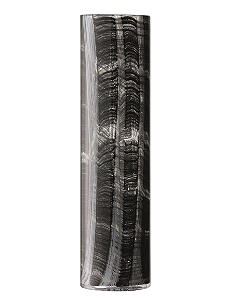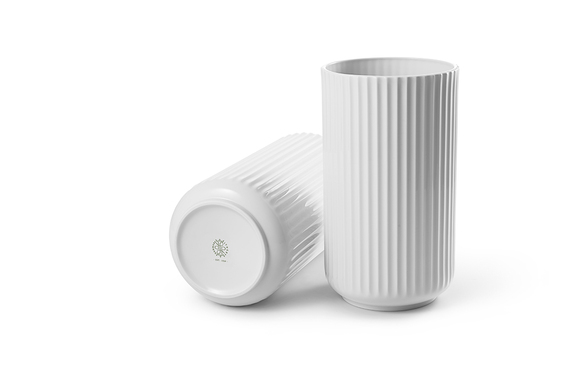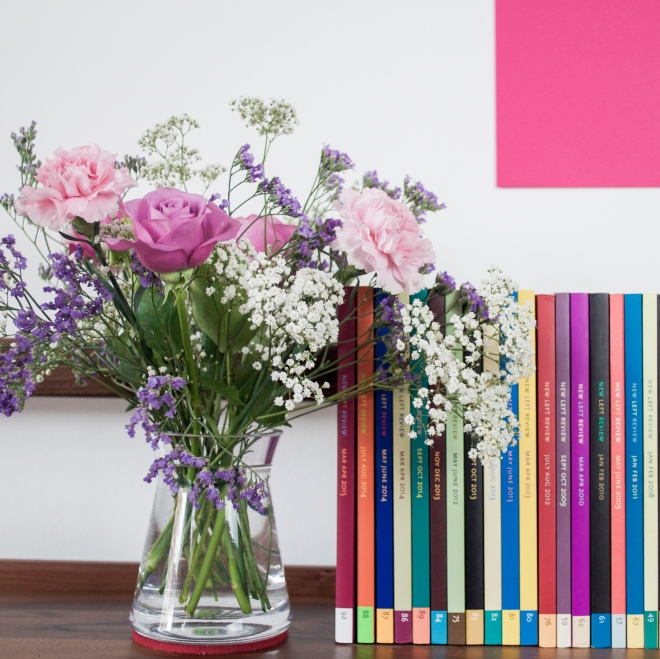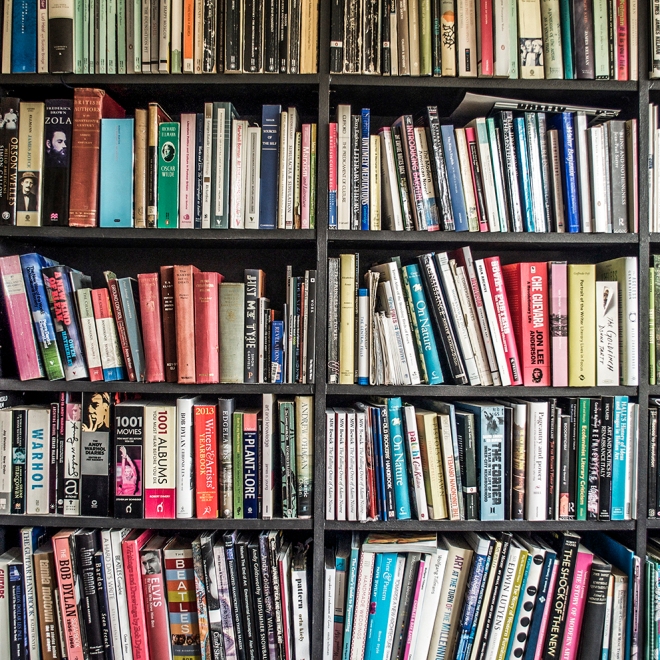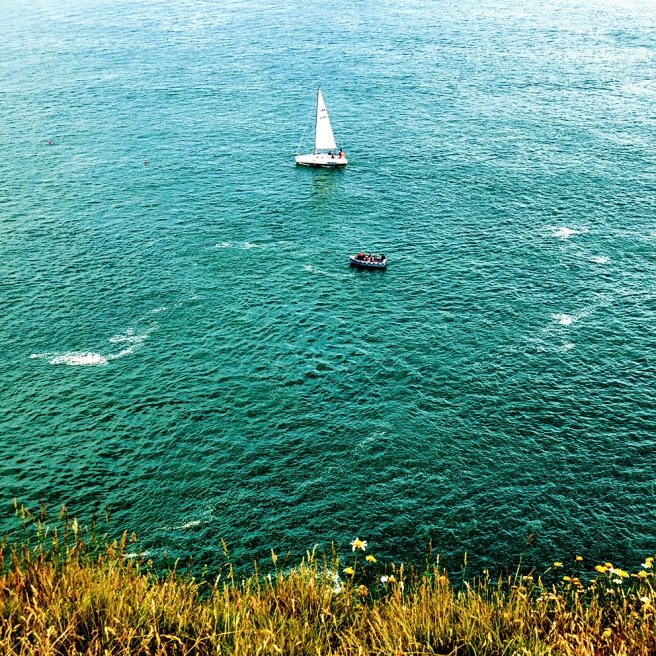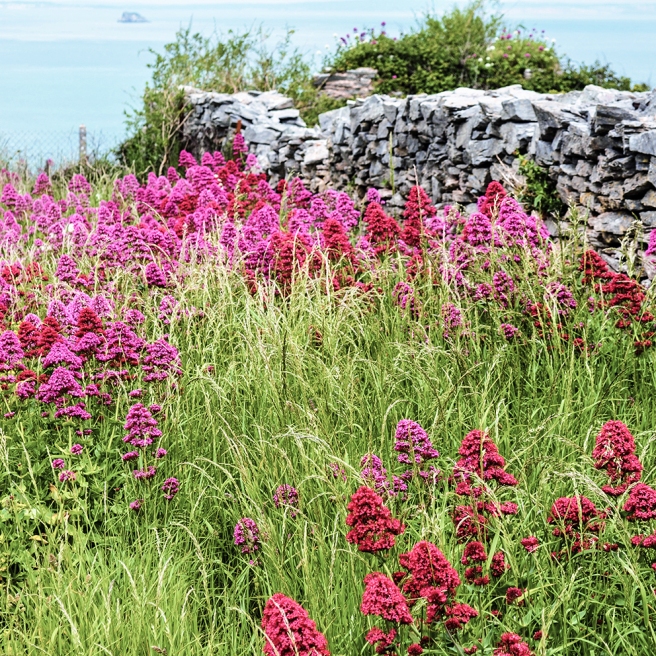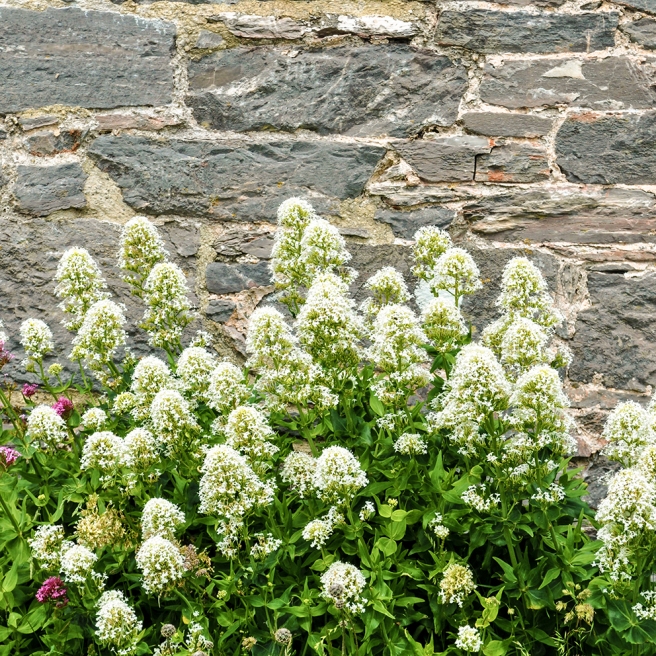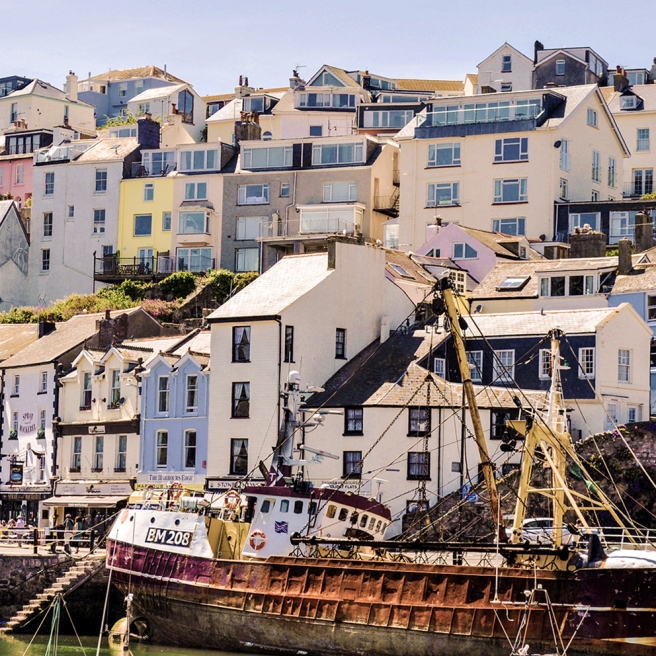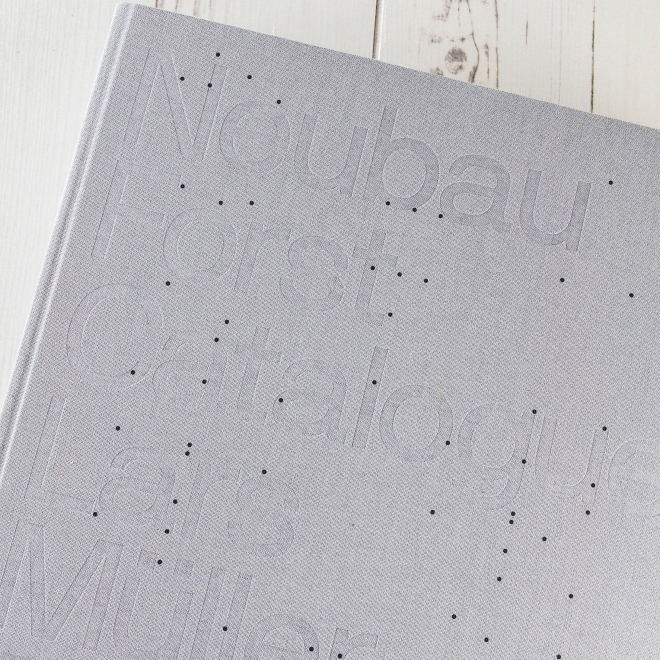 Books. Beautiful books. Books you learn from. Books that transport you and books that transform you. Books that speed you through a train journey. Books by the side of a pool. Coffee table books. There’s room for them all.
Books. Beautiful books. Books you learn from. Books that transport you and books that transform you. Books that speed you through a train journey. Books by the side of a pool. Coffee table books. There’s room for them all.
Our coffee table here at Ella’s Place has been starting to groan under the weight of new books that have arrived at recent birthdays. But I love them being there, ready at hand, supplying instant inspiration at unexpected moments. I’m sharing a few of them here.
Above and below is the cloth-bound Neubau Forst Catalogue: Urban Tree Collection for the Modern Architect and Designer. It’s basically a book of trees in Berlin, starkly photographed, stripped of context on a white background (rather like my own drawings), and then pictured in silhouette. It reminds me of how wonderful the conjunction of nature and the city can be – and how I began my own journey of drawing birds and flowers while living in London’s Square Mile and watching a pair of blue tits flit from tree to tree, and balcony to balcony, along our city-centre street. It also reminds me of how I love Berlin.
Mary Schoeser’s stunning and sumptuous volume, Textiles, is a real feast for the eyes and huge inspiration and resource for pattern, colour and illustration. It juxtaposes historical pieces with contemporary design and I can lose myself for hours in it.
Weeds & Aliens – An Unnatural History of Plants, by B.A. Huseby is a treat for any student of book design. It’s embossed, foil-blocked and cloth-bound. It uses different paper stocks and the typography is both elegant and quite radically laid-out. It’s a collection of minimalistic photography of ‘wrong-placed plants’ (as Dr B likes to call them) and their culinary uses. It’s not exactly a book about foraging for food – there aren’t any recipes as such – but from reading it you can learn about what plants are growing under your feet, or at the side of the road, and how you might use them.
There are two large yellow books in our living room. One is a collection of drawings by Aubrey Beardsley and the other is this big book of textiles by Knoll. Tracing the period 1945-2010 it’s a history of fabric, furniture, interior design and advertising with plenty of evocative photography that captures the high points of mid-century modern.
In 2012, an original edition of John James Audubon’s giant, outsized The Birds of America sold at Christie’s in New York for nearly $8 million. My version might be considerably cheaper and smaller, but still manages to capture the timeless quality of his paintings. As an illustrator who loves drawing birds, it’s a real treat.
 So, what are your favourite coffee table books?
So, what are your favourite coffee table books?
